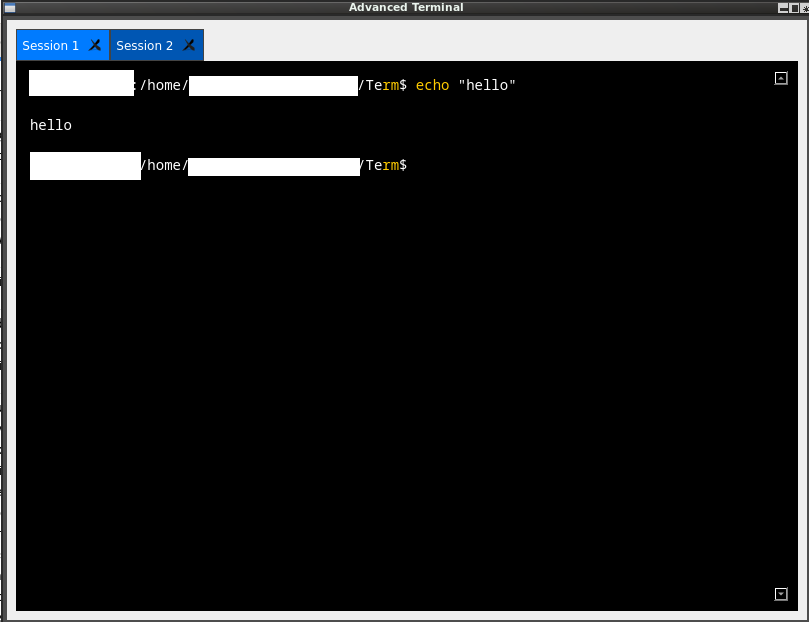Here comes the future default terminal client for PostX Gnu/Linux.
Project code and instructions are available on Github: https://github.com/postman721/Advanced_Terminal/tree/main

Here comes the future default terminal client for PostX Gnu/Linux.
Project code and instructions are available on Github: https://github.com/postman721/Advanced_Terminal/tree/main

Analyzer v1 is a program for monitoring and mounting/unmounting block devices using PyQt5, pyudev, and udisksctl. Github: https://github.com/postman721/Analyzer/tree/main

udisksctl.License:
This program is free software; you can redistribute it and/or modify it under the terms of the GNU General Public License as published by the Free Software Foundation; either version 2 of the License, or (at your option) any later version.
This program is distributed in the hope that it will be useful, but WITHOUT ANY WARRANTY; without even the implied warranty of MERCHANTABILITY or FITNESS FOR A PARTICULAR PURPOSE. See the GNU General Public License for more details.
Author:
JJ Posti
Disclaimer:
Please note that improper use of mounting/unmounting devices could lead to data loss. Use this software at your own risk.
My Python web browser has a new release. UI is improved and plenty of features are added, like full screen Youtube etc. support, and custom menus, alongside with a download manager. Here is a screenshot.

More info and the code is available at the project’s Github.
https://github.com/postman721/RunIT-QT_QWebengine/tree/master
Runner-QT is a simple Python application that presents a graphical user interface to execute commands or launch applications on a Linux system. The program is built using the PyQt5 framework and provides a minimalistic, modern interface for entering commands or application names.
Version 8 brings new outlook and error handling capabilities – if the program is not found.
Features
Simple and intuitive graphical user interface.
Checks for the existence of a program before trying to execute it.
Provides error messages to the user if a command fails or if the program doesn't exist.
Modern and stylish look.
Can be easily closed using the Escape key with traditional way of pressing the close button.
Automatically closes if a program is found and executed by the system.Code and instructions are available on Github: https://github.com/postman721/Runner-QT